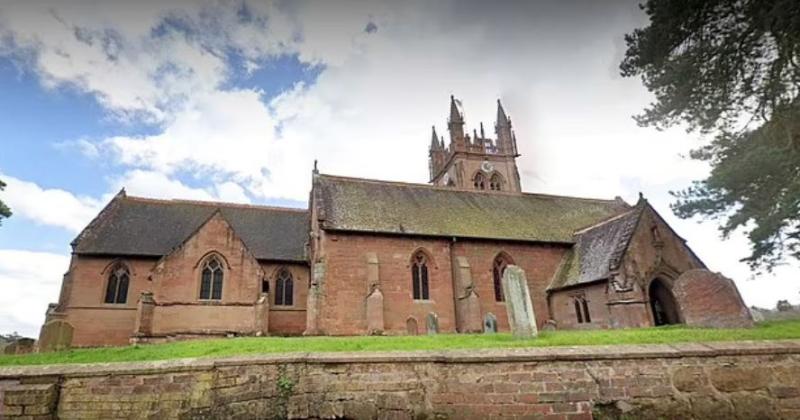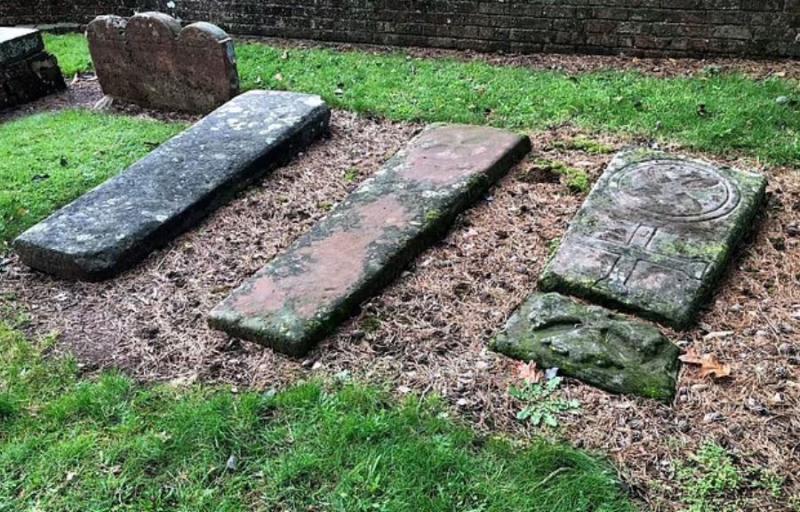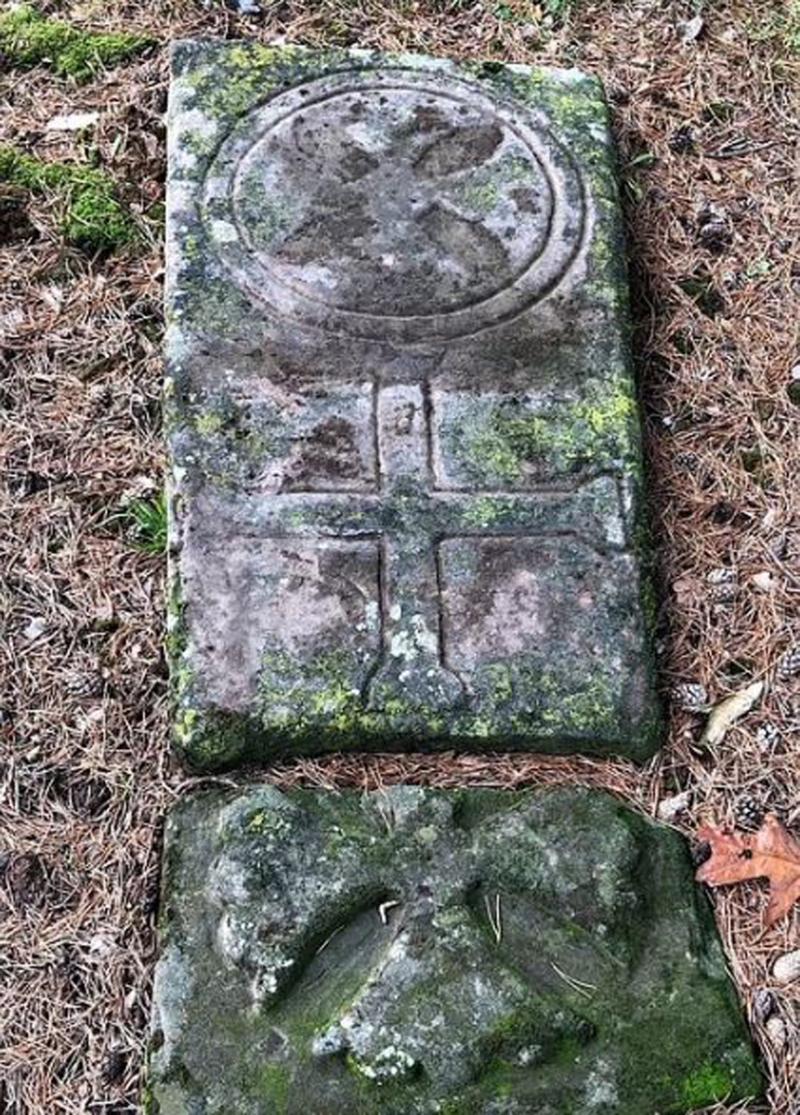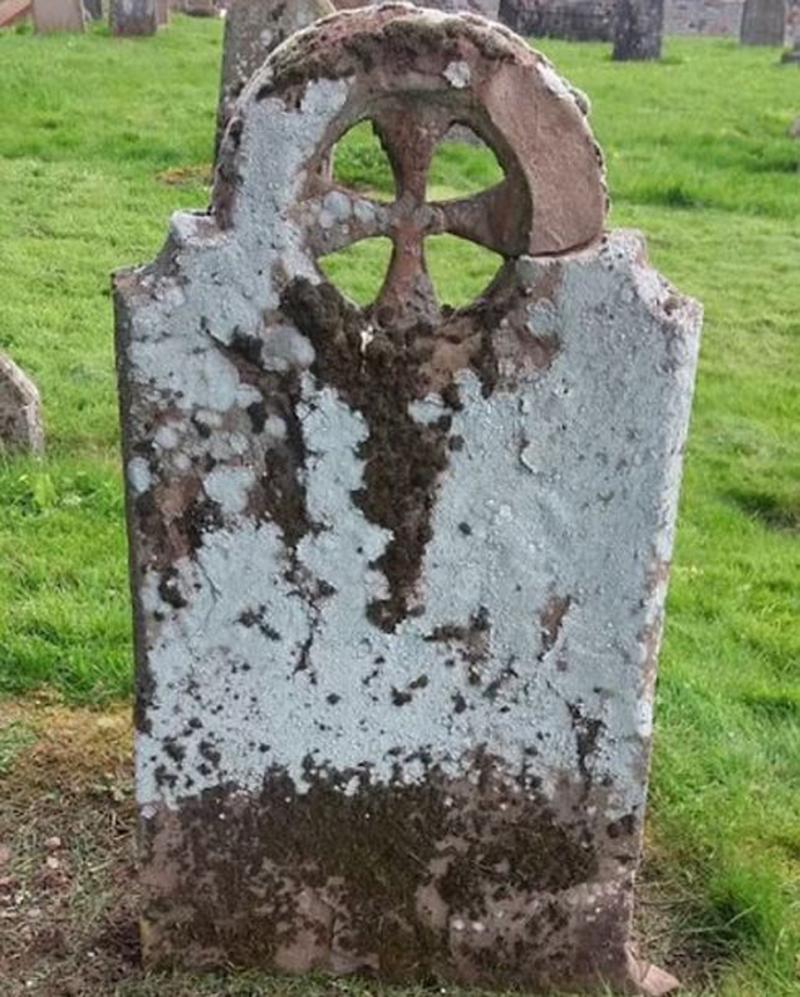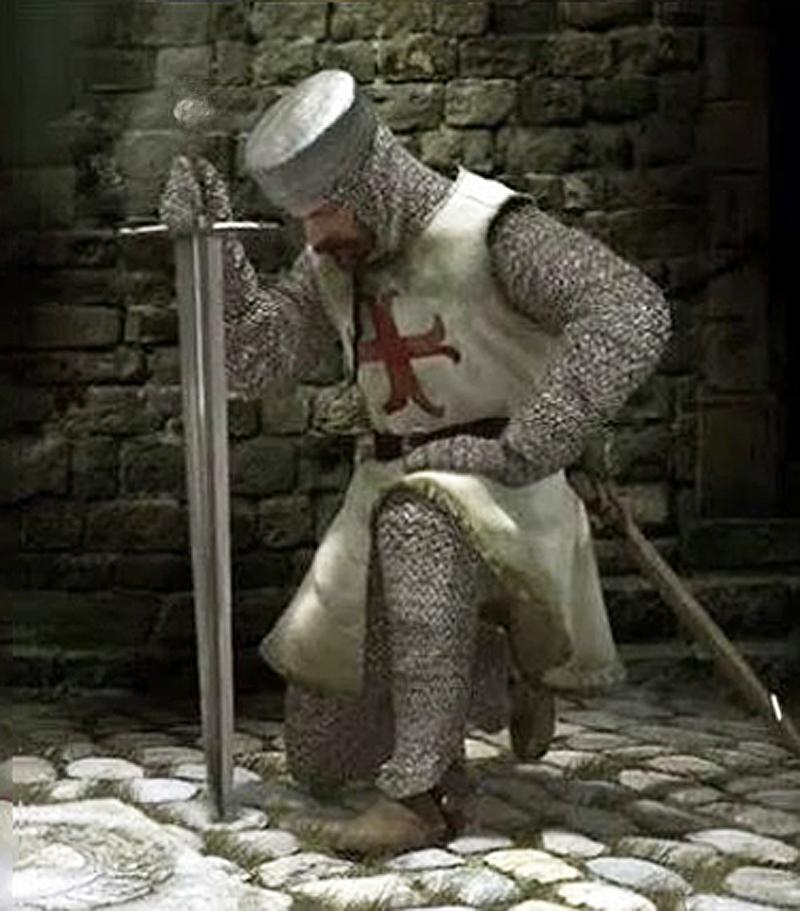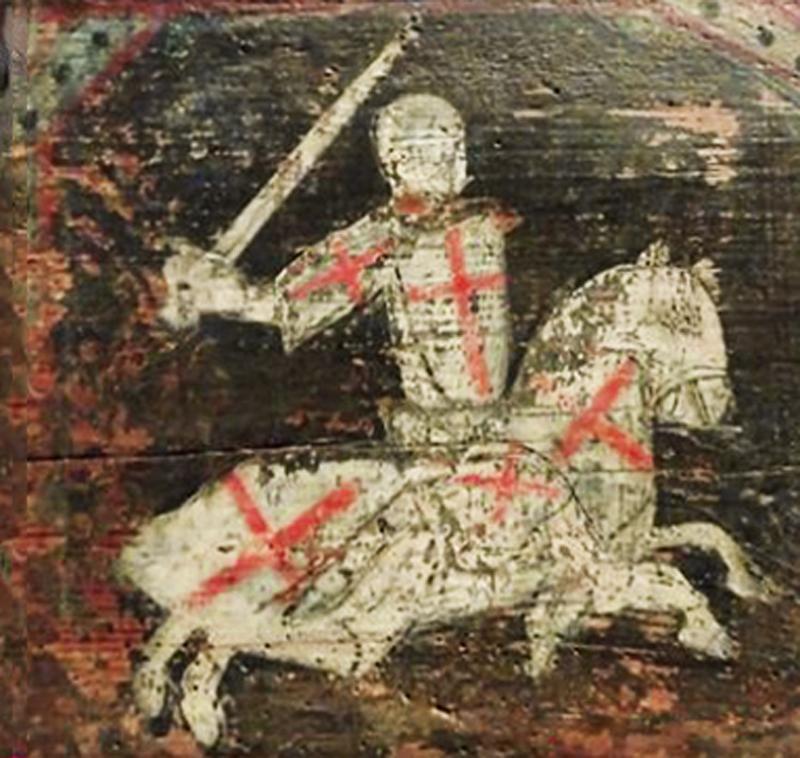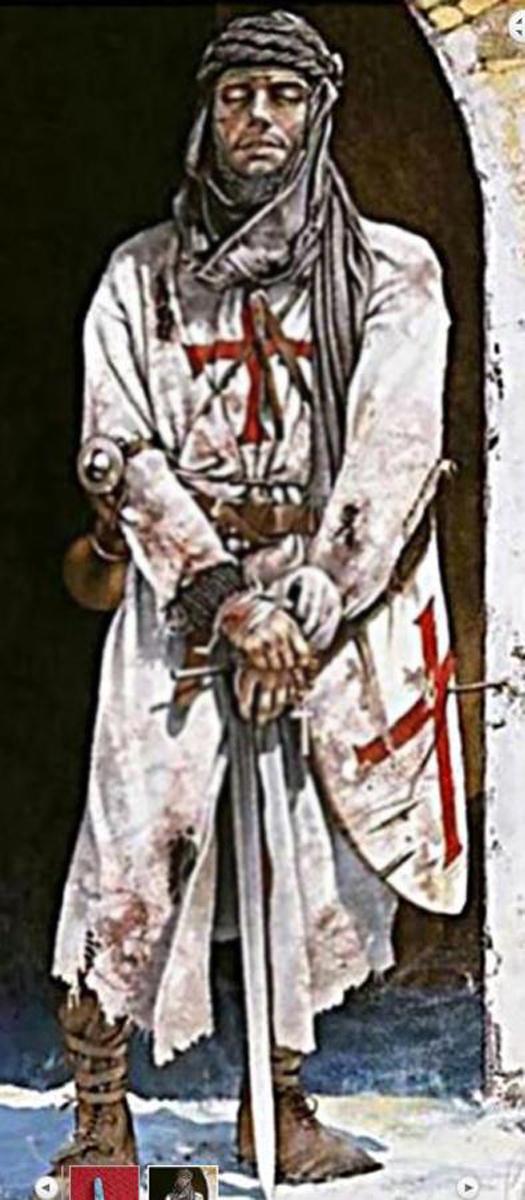Historian Uncovers Graves of the Knights Templar in Staffordshire, Believed To Be One of the 'Most Nationally Important Discoveries' of its Kind
Graves belonging to members of the Knights Templar - a somewhat mysterious holy militia that sprang up in the 12th century - have been uncovered at an English village church in one of the 'most nationally important discoveries' of its kind.
The medieval order, which had chapters across Europe, including in Britain, were known for their role in the Crusades and as one of the Middle Ages' most powerful and wealthy religious organisations.
Historian Edward Spencer Dyas made the Da Vinci Code-style discovery of eight Knights Templar graves at St Mary's Church in Enville, Staffordshire.
In Dan Brown's novel, The Da Vinci Code, and the film of the same name starring Tom Hanks, Professor Robert Langdon delves beneath Rosslyn Chapel, in Scotland, in the hunt for Knights Templar treasure.
Mr Dyas now believes St Mary's could be one of the most nationally important Templar churches in the country because of its links to 'England's greatest knight' of the Middle Ages.
Mr Dyas' research led him to establish that St Mary's was built by Roger de Bermingham - a priest whose family owned all Enville land including Morfe, a medieval royal forest in neighbouring Shropshire.
Although records are missing it is clear the de Bermingham family built the Norman church at Enville, using Templar financing,' he added.
'Henry de Morfe, who held land owned by the de Berminghams, sold part of Morfe Forest to the Templars at this time, and the de Berminghams instated Roger de Bermingham as the first priest of St Mary's Church, Enville.'
It is for this reason that Mr Dyas believes the church was 'under the patronage of the Templars'.
William Marshal, the 1st Earl of Pembroke, was a jouster, warrior, diplomat and even twice de facto king who was the inspiration for Lancelot in medieval Arthurian tales and also drafted the Magna Carta.
Marshal died aged 73 in 1219 and was buried in Temple Church in London after being invested into the order of the Knights Templar on his deathbed.
But at St Mary's, the stained glass windows depict an array of coats of arms including one that belonged to Hugh Mortimer of Chelmarsh, who married Marshal's granddaughter.
There is little other explanation why there would be so many Templar graves at the quaint village church, although members of the group are believed to have attached themselves to churches dedicated to St Mary the Virgin. The church on the outskirts of the Black Country was built in the early 12th century at a time when the Templars were creating Preceptories - a type of monastery - around Britain.
Each of the graves he has uncovered features a Templar cross within double circles in a standard Templar design. One also includes a Crusader cross, suggesting the knight was both a Templar and a Crusader of the ancient military order.
At the foot of the same grave there's also a Templar Cross - a variation of the Jerusalem Cross - revealing the unknown knight had once been part of the Templar Order at Temple Mount, Jerusalem.
'I believe these discoveries make Enville one of the most nationally important churches in the country,' Mr Dyas said.
'That's due to its close links with William Marshall, who is considered of the greatest warriors England ever produced.
'But there is a mystery of why an European Templar is buried at Enville and why they were secretly so prominent there.'
The Crusades were a series of religious wars fought between 1095 and 1291, in which Christian invaders tried to claim the near East.
It's known that nobility led the Crusades, but historical records lack details of the ordinary soldiers who travelled to, lived and died in the near East.
The Crusades set the stage for several religious knightly military orders, including the Knights Templar, the Teutonic Knights, and the Hospitallers.
These groups defended the Holy Land and protected pilgrims travelling to and from the region.
We have a few original Templar and Templar period artefacts, which we show, and some are only a few hundred pounds. It represents an incredible opportunity to own a spectacular piece of world history.
If you wish to read the full story, the link is below;
https://www.dailymail.co.uk/sciencetech/article-12408493/The-real-life-Da-Vinci-Code-Historian-uncovers-graves-belonging-members-Knights-Templar-Staffordshire-one-nationally-important-discoveries-kind.html
Code: 24895
Price
on
Request

